- Year 1910.
- 26-08-1910.
- Meeting with Freud.
- Sigmund Freud (1856-1939).
- Location: About 45 km (28 miles) south from Amsterdam and north of The Hague.
- In 1910 a small city with and old university of high reputation, situated on the Old Rhine.
Home to the Netherlands’ oldest university and the birthplace of Rembrandt, Leiden (Leyden) also served as a several-year stop-off between England and the New World for America’s Pilgrim fathers in the early 17th century. Today, lovely Leiden boasts the second-largest Dutch city center after Amsterdam. The National Museum of Antiquities has an impressive collection of Egyptian artifacts. The Hortus Botanicus, established in 1590, was the site of the planting of Holland’s first tulip bulbs in 1593.
Leiden began as a settlement on the left bank of the Rhine, where the two branches of the Rhine flowed into the rivers Mare and Vliet. Here the Counts of Holland had their court. Gravensteen (Count’s Stone House), Pieterskerkhof (St. Peter’s Churchyard) and Burcht (Citadel) remind us of that period. The city was probably granted a charter some time before the year 1222. Leiden, which had some importance as a market town, soon developed a textile industry. Because of the need for more space and power the city was enlarged four times in the 13th and 14th centuries.
- City of Leiden.
- Bree Street 24: Hotel Du Lion d’Or.
- Bree Street 84: In den Vergulden Turk.
- Rapenburg 73: Academic building and Hortus Botanicus.
15th and 16th century
The next 200 years turned out to be a period of stagnation, with severe floods insecurity, hunger and pestilence. The textile industry went into a decline and finally production was closed down altogether. Then there was the Spanish siege of 1573/1574 an important landmark in Leiden’s history, when the city held out against the Spanish forces in the tumultuous years of the “Dutch Revolt”. the population fell from 15.000 to 12.000 inhabitants. When the siege was over, Leiden was granted permission to found it’s university (the first university in the Netherlands), which has played a prominent part in the city’s affairs even since. When the city’s economy was rebuilt , the emphasis was again on the textile industry. The city took measures to attract skilled labourers, and many arrived from Flanders and other countries, usually refugees from religious persecution (like the Pilgrim Fathers). Mainly through their efforts the industry revived and flourished once more, but the influx of immigrants greatly swellswelled Leiden’s population and made further expansion necessary in the course of the 17th century.
17th en 18th century
The 17th century was a period of growth and prosperity for Leiden, it became the second largest city of Holland. But this prosperity only served to line the pockets of a happy few. Working conditions where atrocious. The canals became polluted, many suffered from malnutrition, and because of this and other factors there was a lot of disease. Around 36.000 citizens died of the plaque during the first half of the 17th century. Almshouses, orphanages, hospitals etc. were founded by private individuals. There were also other forms of care, such as poor relief, are of the sick and emergency relief for victims of persecution and expulsion: Flemings, Walloons, French Huguenots and English Protestants (some of whom took ship to America in the “Mayflower’ in 1620). The textile industry went into a decline after 1670. There was a short-lived revival at the end of the 17th century with the arrival of French industrialists who had to live their native country because of their religion. But after that things went from bad to worse: other cities managed to produce goods more economically and under better conditions, and Leiden’s population dropped sharply from 70.000 in 1670 to 28.000 in 1800.
19th and 20th century
Because of it’s favourable location, Leiden has been an important market for local farming and fishing products for centuries. Various products had their own place in the Saturday market: the cheese market near the Waag (Weigh house), butter was sold on the Boterbeurs (Butter Market), corn on the Korenbeursbrug ( Corn Market Bridge) salt- and freshwater fish on the Vismarkt (Fish Market) with its fountain, etc. The market gradually lost its importance with the development of the dairy industry and trade. The cattle market remained important. Living conditions remained unsatisfactory throughout the 19th century, but there was some improvement towards the end of the century, when a number of new industries were set up around Leiden. Today, Leiden functions as a shopping- and trade centre for farming communities in the area. The city’s present population is around 120.000.
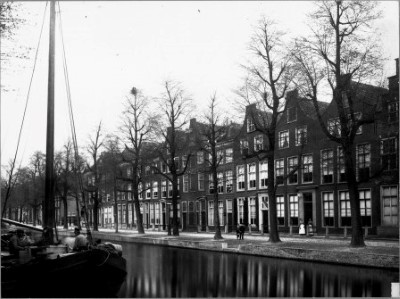
1910. City of Leiden.
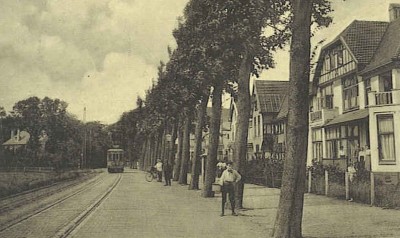
1910. City of Leiden.
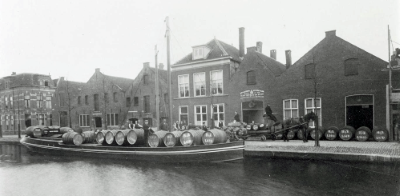
1910. City of Leiden.
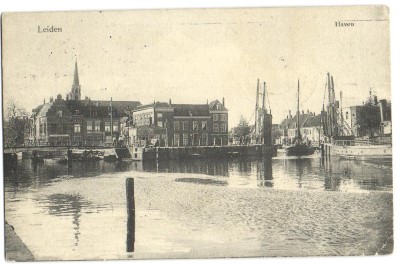
1910. City of Leiden.
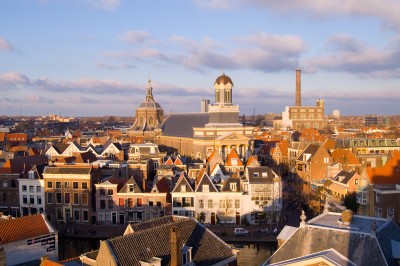
2016. City of Leiden.
2016. City of Leiden.
2016. City of Leiden.
2016. City of Leiden.
2016. City of Leiden.
2016. City of Leiden.
2016. City of Leiden.
